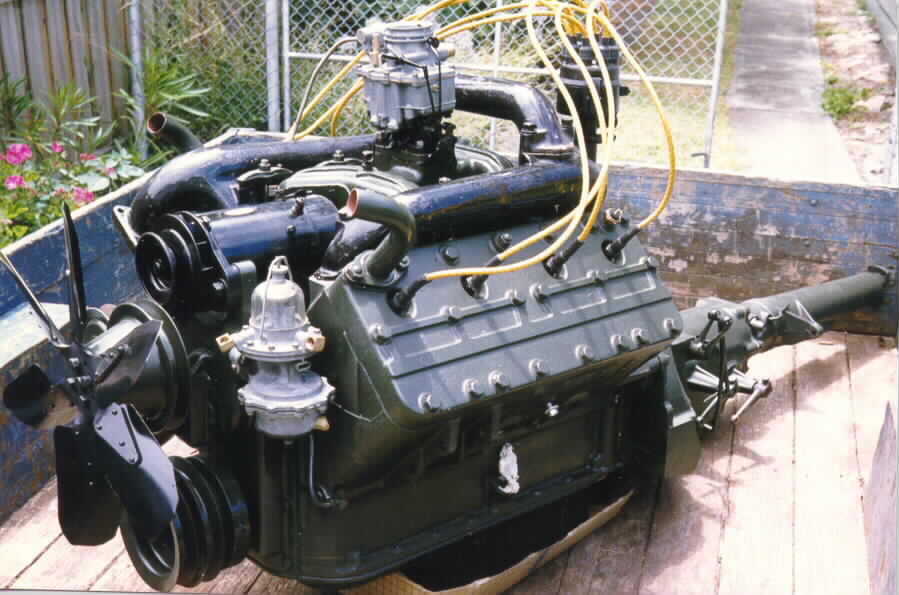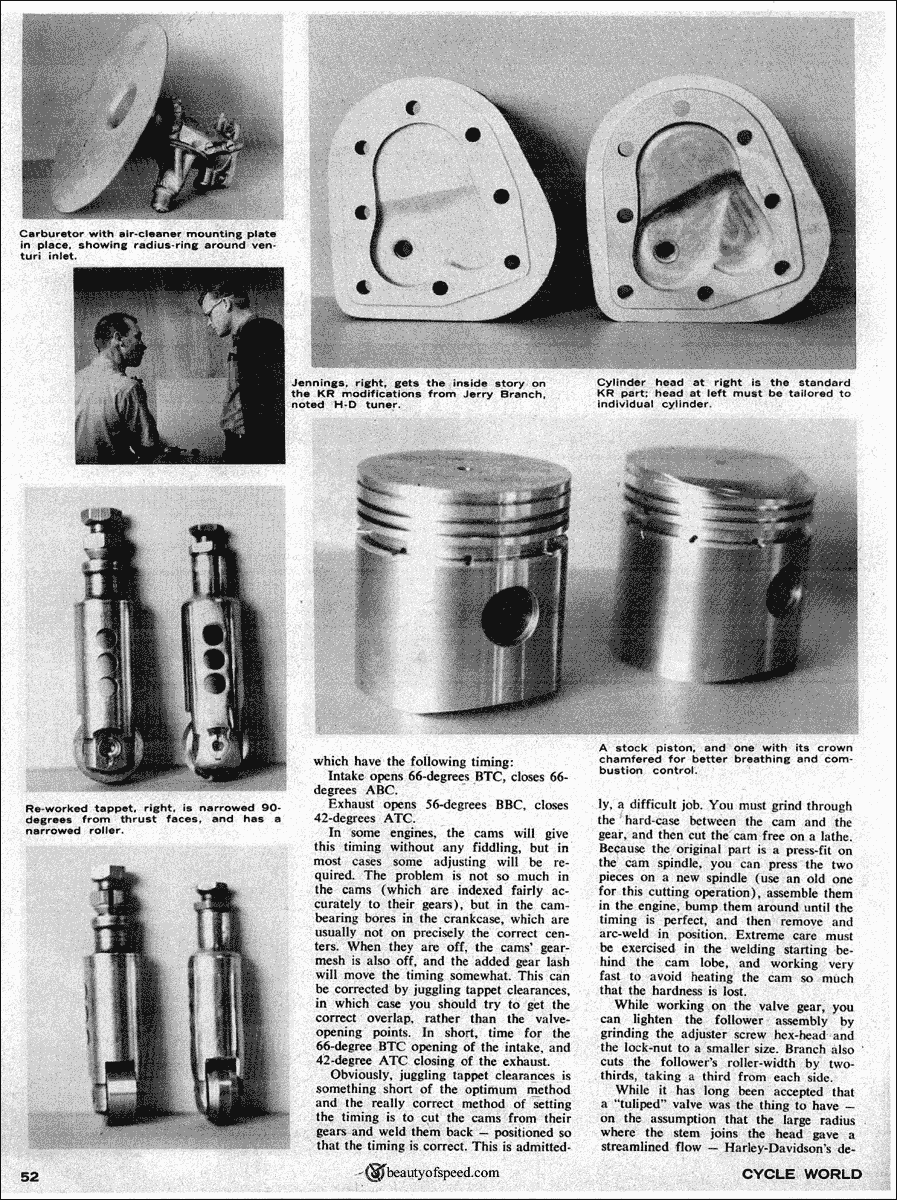So, like a Cadillac engine, then.pdq67 wrote: ↑Tue Mar 06, 2018 4:20 amI learn something new every day!
Didn't know this was done to the old flathead engines exhaust manifolds at one time.
It would have also been better if the center exhaust ports would have came out the top of the block to shorten heat retention due to their long path.
pdq67

One of my customers had a '40 Cad that he bought after he sold his '55 Olds. (And what a hack we did on that Olds to make a modern Quadrajet work with the Hydramatic transmission. Very intricate machining work on some bracketry to get the motion ratios right)
It was a real strange sight to get the car up on the lift and look up at the engine and see NOTHING... NOTHING!! on the sides of the engine! Just straight bare iron casting.
Two things I remember about that car. One, it was a real PAIN to get it into Reverse. You had to do some funky dance maneuver with the shifter to shift into a forward gear momentarily to stop the geartrain before you shifted into Reverse, else the gears would clash horribly. I eventually learned The Secret Maneuver but it took no small amount of practice.
The second thing, was that the engine would run with thermosyphon cooling! Meaning, without a water pump. The engine would be able to idle and run in the city all day without overheating, but on the highway it would run kinda hot. Turns out the impeller had fallen off of the water pump. Idling and at low power, thermosyphon was enough motion to keep things cool. Hot water rises out of the engine, cools in the radiator, and lowers back into the engine, no pump needed.





